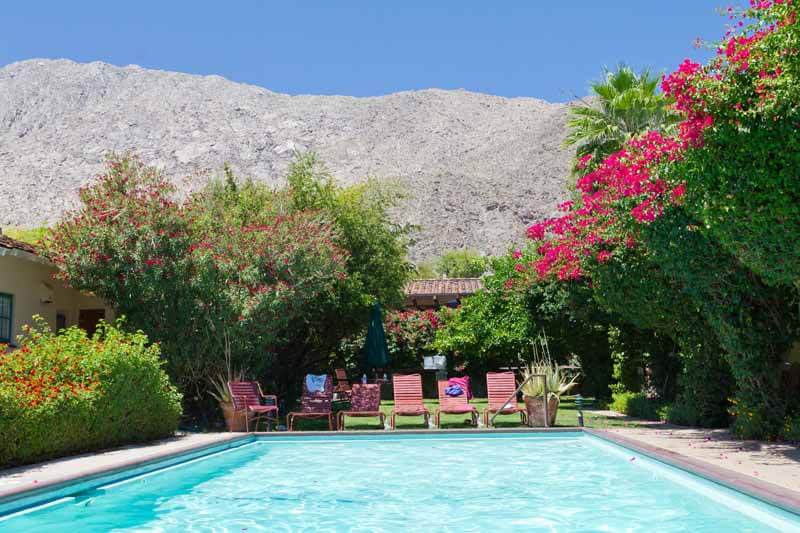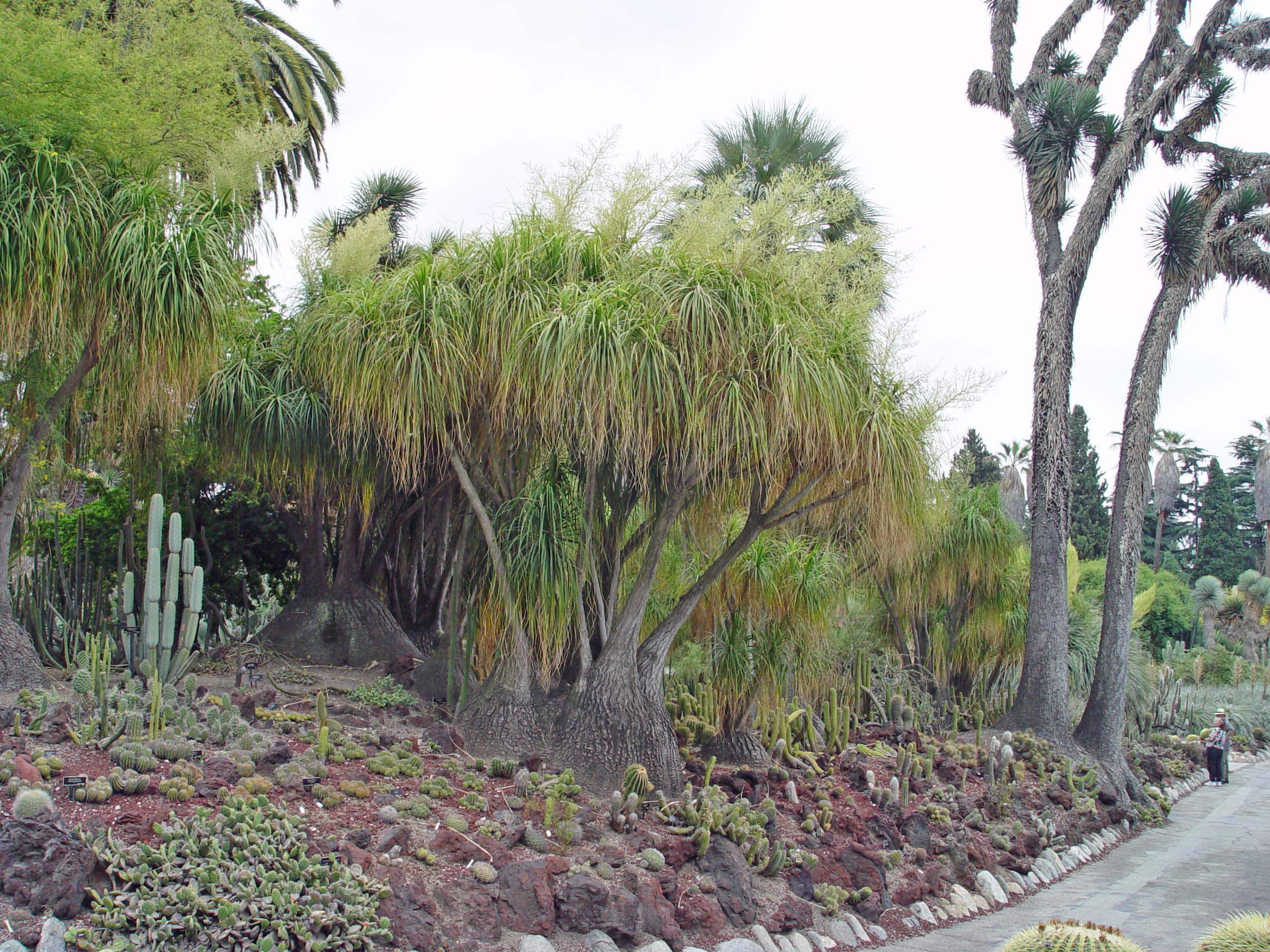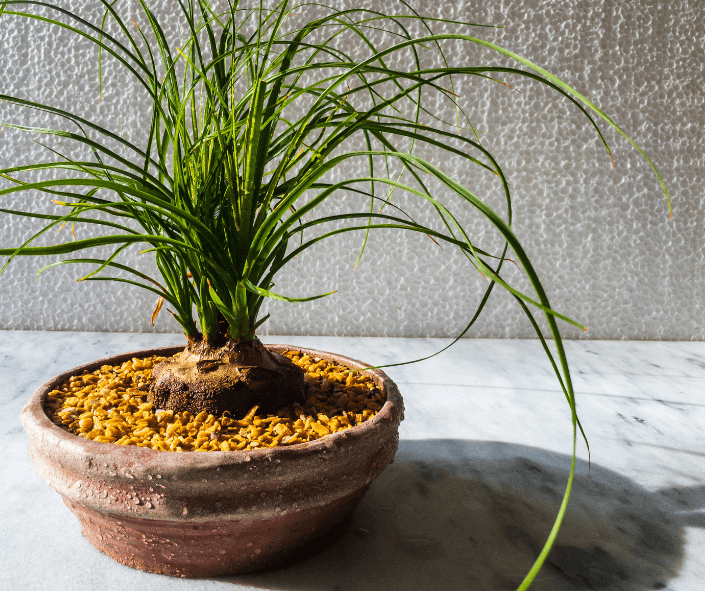
In Hollywood’s heyday, stars drove from Los Angeles to the desert resort of Palm Springs to party and tan in the quiet comfort of desert living. The swimming pool came of age here as the focus of every landscape where its year-around usability became integral to backyards. Whether you had a pool or in-ground spa, those in the business of pool maintenance discovered what not to plant, so the poolside amenity remained a blessing, not a curse.
Time and experience helped guide poolside landscaping standards in Palm Springs, and these standards remain in practice today. Here are some of the most important pool planting tips gleaned to keep you safe and your pool clean and happy.
Problematic Poolside Plantings and Wind

Beware of anything you plant upwind from your pool. Every time it blows, the litter goes straight into the water. If the leaves are large and resist rapid decomposition, such as those of magnolias, they are easily removed. Fine, compound leaves, like those of jacaranda or honey locust, disintegrate into millions of tiny fragments that must be vacuumed out of the bottom.
If you want grasses and other fine-litter plants, reserve them for the downwind side of the pool, so their litter is blown away from the water. This is important in late summer and fall when the ornamental grasses are releasing their seed to the winds.
When it blows, palm trees shed their litter far and wide. This is augmented by the large sprays of small flowers that fall like snow flurries, and finally, the pea-sized black seeds that stain pool pavement or decking. This is the reason that fan palms in this area are annually trimmed back significantly. It prevents flowering and removes last year’s dry fronds. If not, they all end up in the pool. If your beautiful old palm is giving you problems with litter, hire a palm trimmer to remove flower stems before they mature each year.
Also, make sure trees and shrubs do not shed problematic fruits and berries that stain pool spaces. Fruiting species also tend to attract local birds that sit and feed around the pool and surrounding patio, spoiling the water quality and pavement.
Bees and Poolside Plantings

Because everyone goes barefoot around the pool, and stepping on bees is a common way of getting stung, avoid planting bee flowers around pools. This is one place they should not congregate. More aggressive Africanized bees make it even more important to create planting designs that don’t draw bees. Therefore, save your bee-pollinator flowers for the front yard or further away from the pool area. When you plant at the poolside, strive for plants with colorful foliage, interesting forms, or those with flowers that attract specialized pollinators, such as fly-pollinated succulent carrion flowers or moth-pollinated yuccas.
Prickly Poolside Plantings

Succulents, the most popular plants for pool areas, have one drawback, they have spines. With common agaves, each species has a different sized tip point on the end of each leaf. They’re so sharp they’ll hit the bone with little pressure and can do serious harm. When agaves are already there, or you want to plant some further out, always do what desert folks do: trim the spine. Understand that the spine grows much like a dog’s toenail and comes out of a living quick. So you can give it a manicure and cut off the sharp point so long as you don’t cut into the living part. If the living cells are damaged they will die back to brown at the tips, permanently spoiling the agave’s natural beauty. Remember, everyone slips and falls, so keep these and all cacti well away from the edge of pool decking.
Poolside Planters

The beauty of using lots of large containers around the pool is that the plants become portable and interchangeable. If one doesn’t work out, replace it with another. Move them around with the seasons. In the hot, dry desert, potted plants appreciate a good, moisture-holding mix like Black Gold Moisture Supreme Container Mix to ensure the roots remain cool and moist when placed alongside the hot glare and cool blue of a legendary sparkling poolside.





